What started as a side project by me and my brother in 2014 , Poetic Collective is now one of the most well known skateboard brands in Europe with retailers all around the world.
With over twenty collections of skateboards and clothing released to date, the brands mix of street culture, classical art and Scandinavian design language has made it stand out in the skateboarding scene.
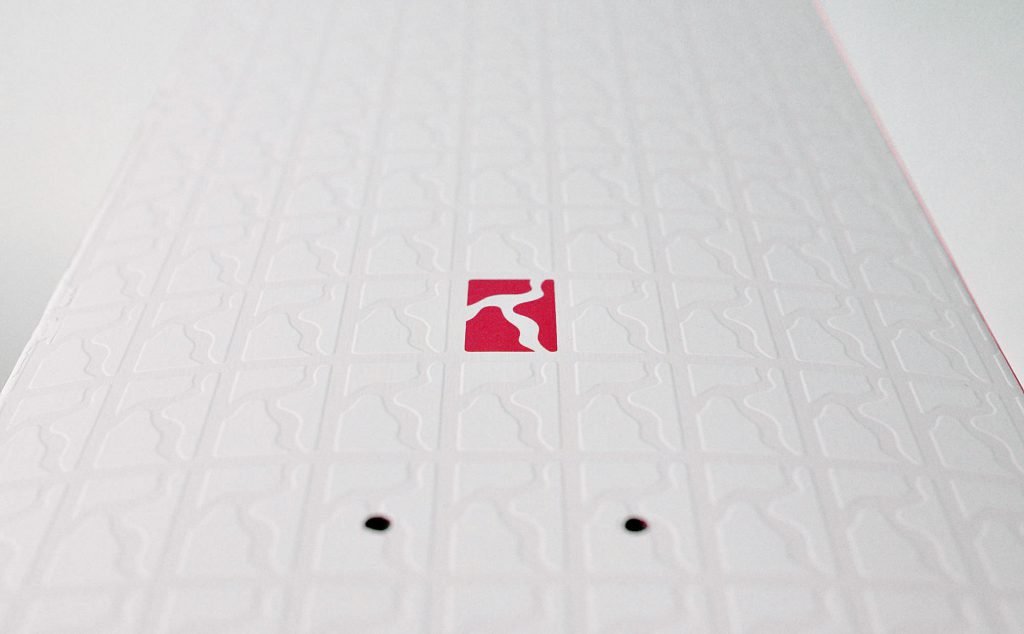
Roles and responsibilities
My responsibilities at Poetic Collective have been everything from concept development and visual design, to overseeing the entire design process from idea generation and prototyping to manufacturing and delivery. During production, I was in constant contact with our manufacturing partners to make sure that every product in the collection met our specifications.

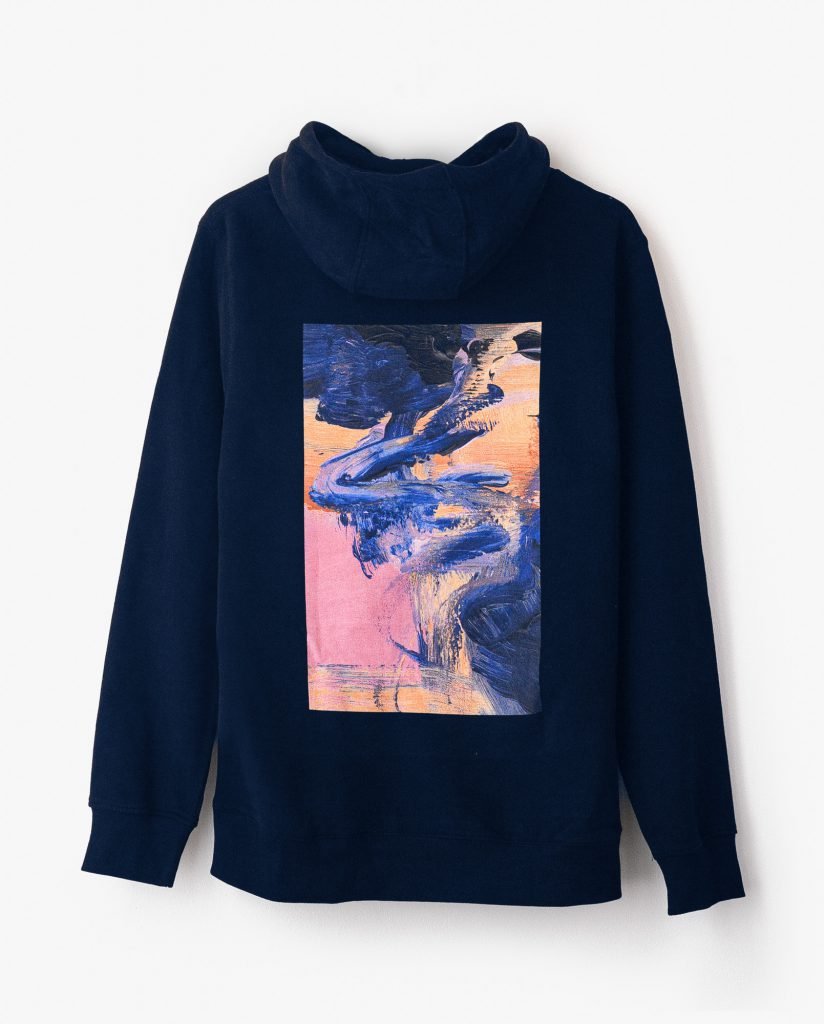
Business sense
Running a business, I’ve gotten to know the ins and outs of margins, overheads, distribution partners and sales strategy. These experiences have helped not only within the business setting, but also in understanding my clients both in freelancing, and in a studio environment.
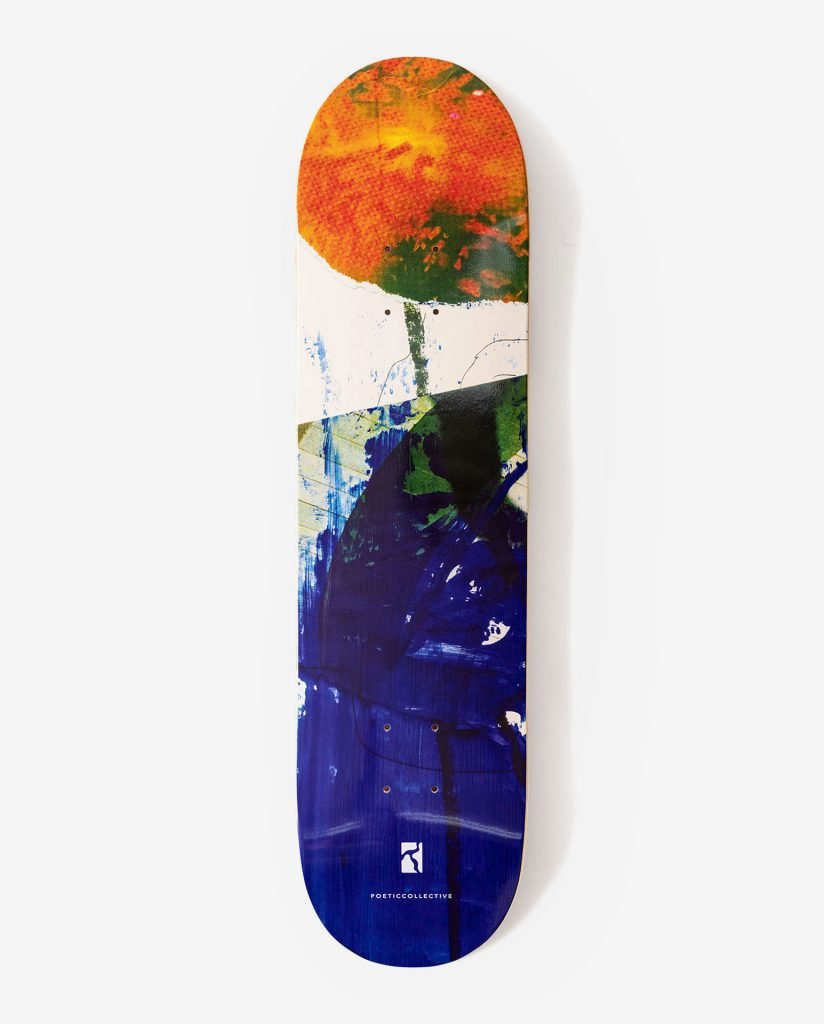
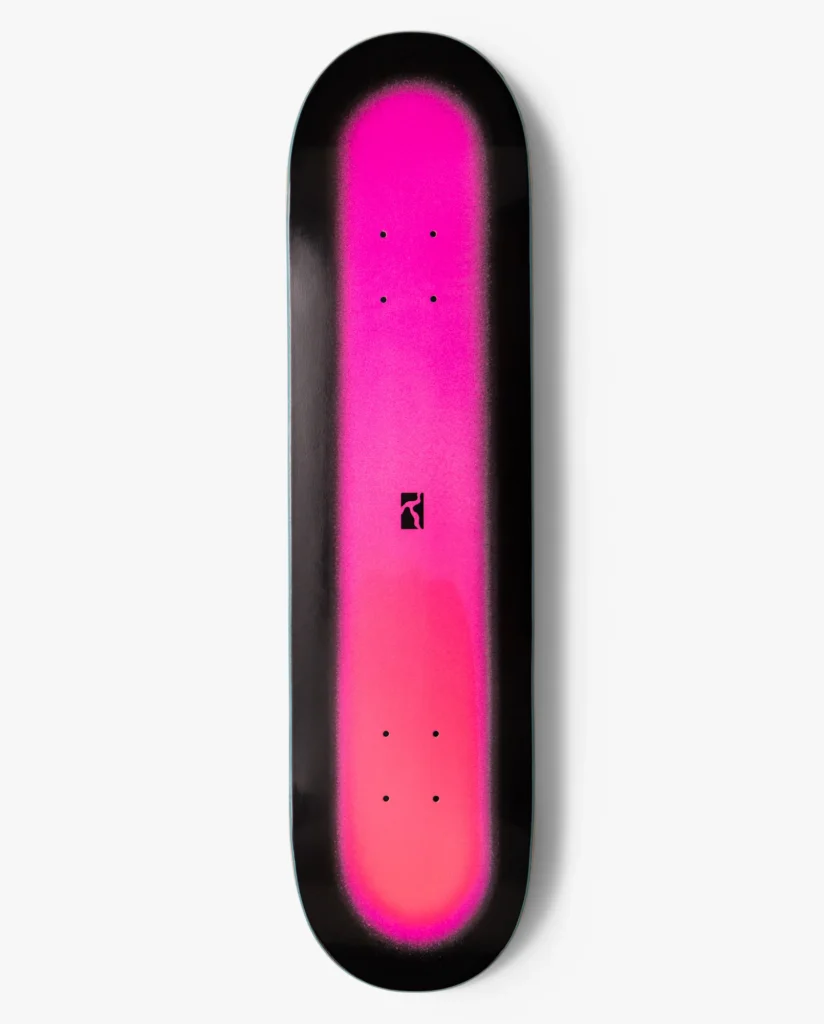
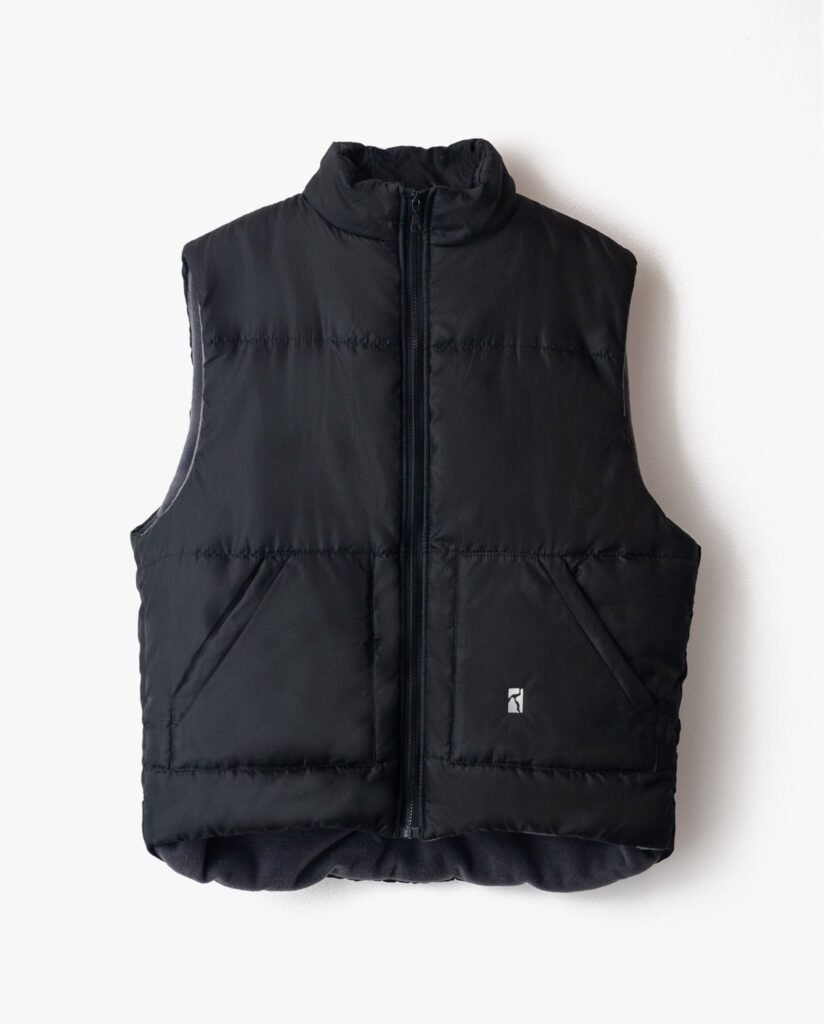
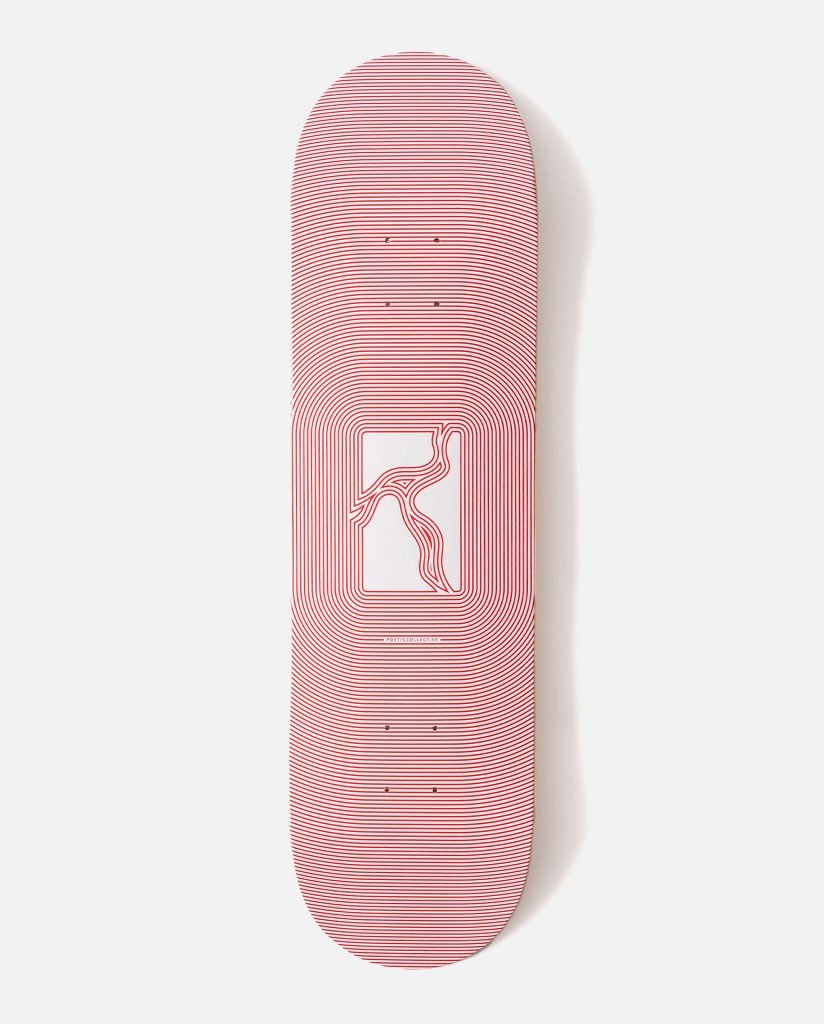
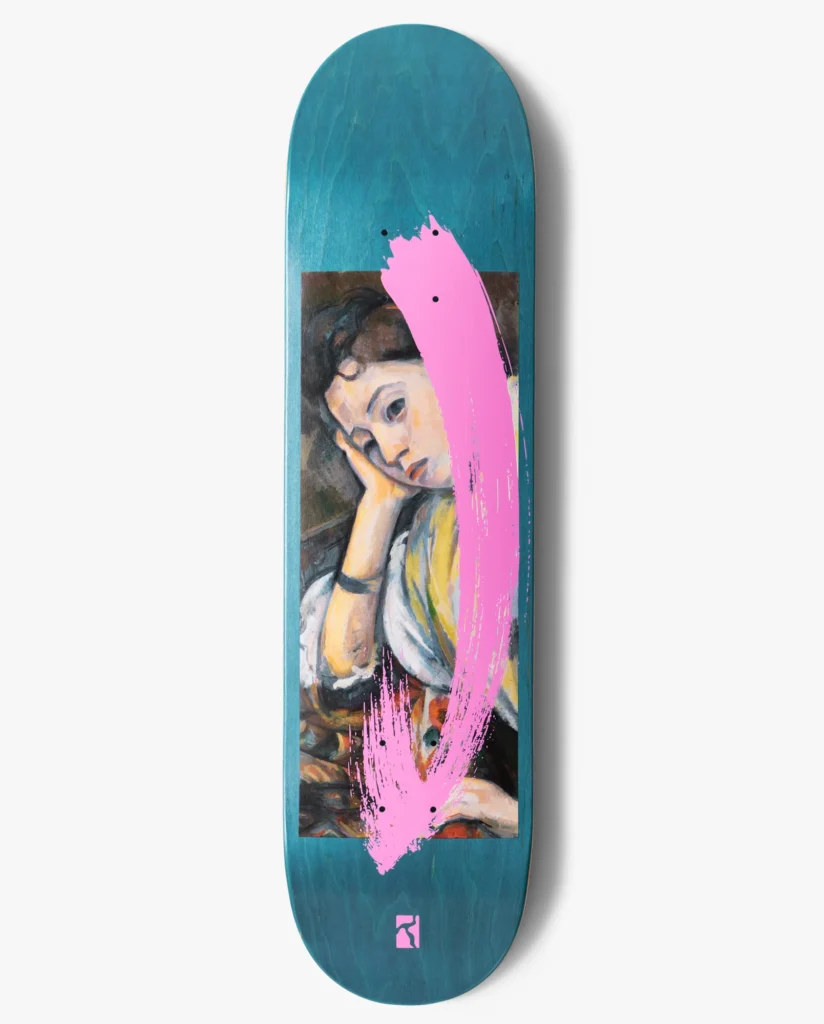
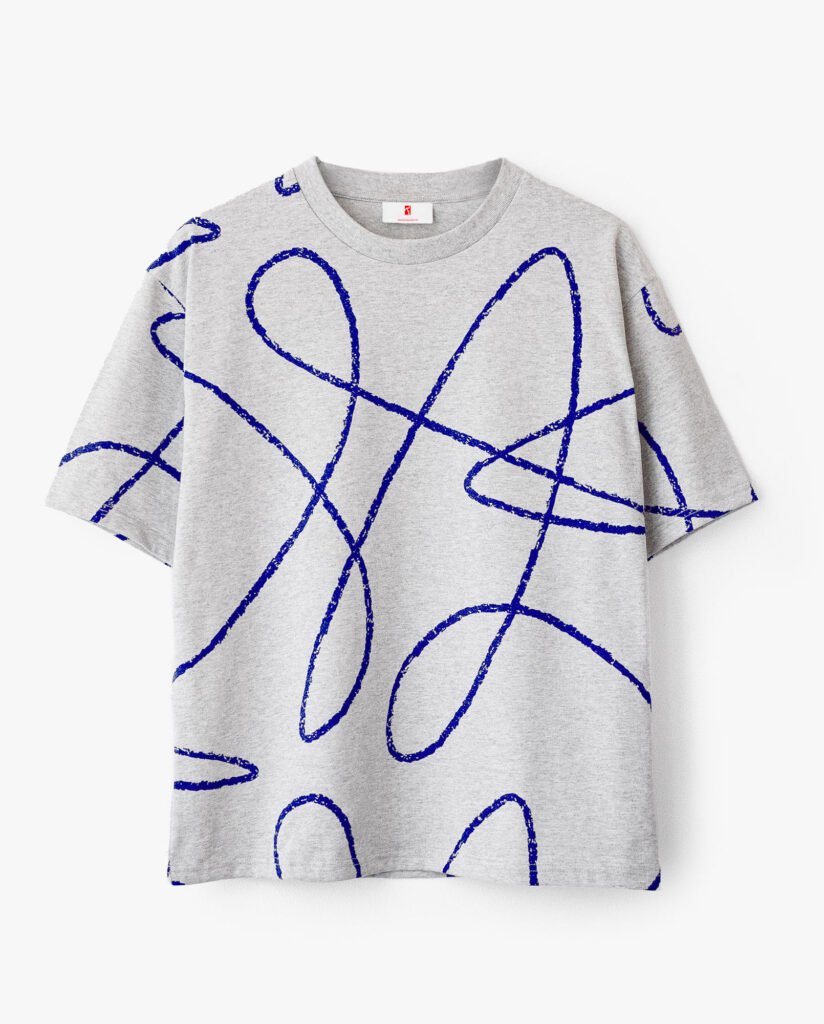
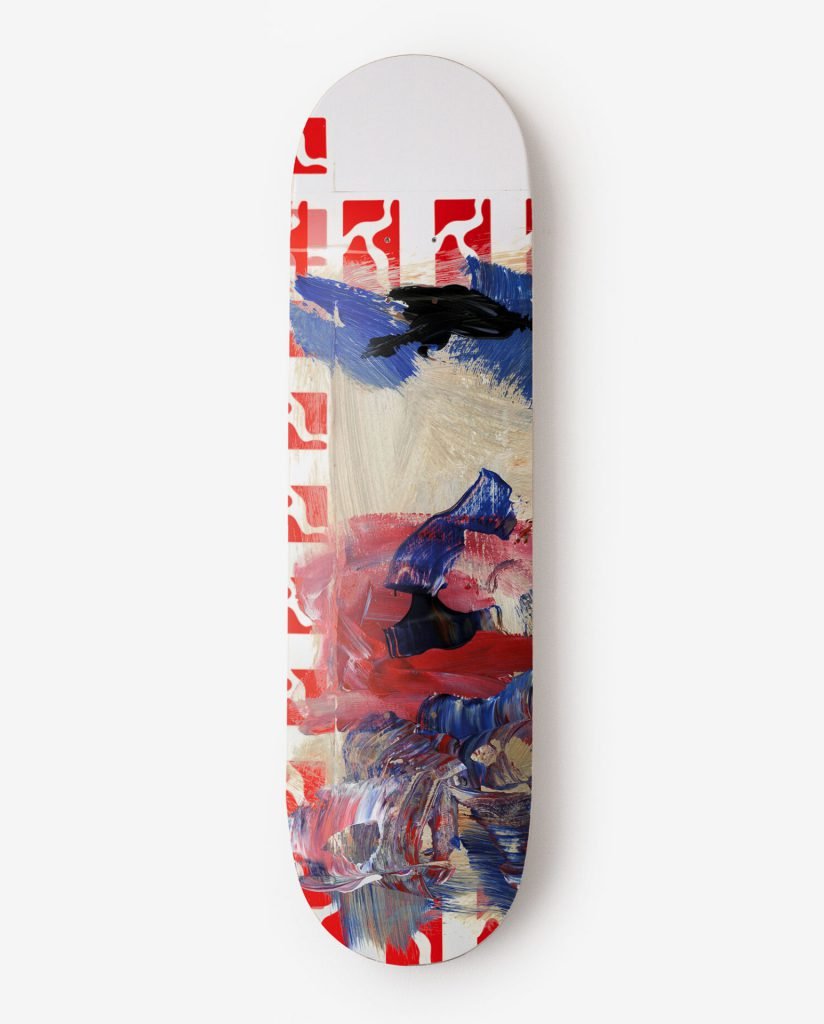

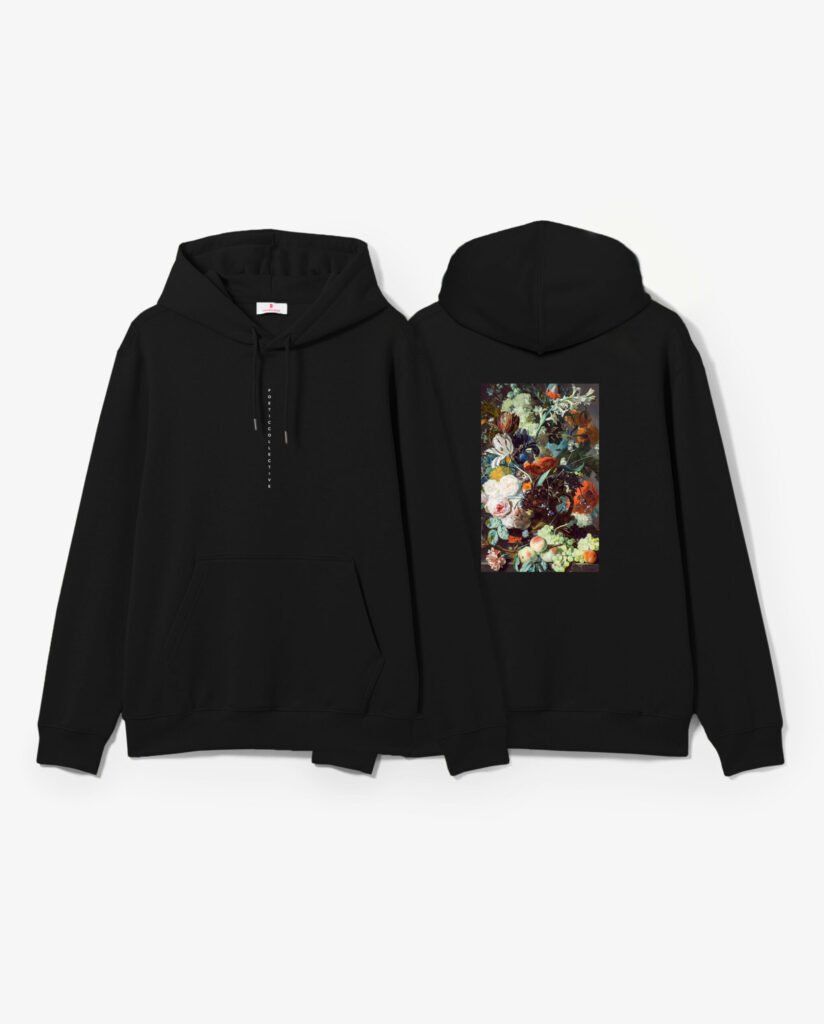
Video production
To communicate the abilities and style of the skaters representing the brand, all skate brands make videos. These videos serve two purposes that are equally important – showing off the skills and style of the riders, and reinforcing the visual and sonic branding. For Poetic Collective, I have spent countless hours filming and editing video material, which has left me with a strong sense of rhythm and given me ample experience with visual storytelling.
Movements (2016)
In collaboration with Moderna Museet, this video was shot in their main exhibition hall in Malmö.
Skateboarding is usually very much tied to its surroundings, the backdrop of the city and the rattling sound of the wheels against the pavement.
We wanted to see what happens if we strip away everything but the actual act of skateboarding, and put it in a space where we can highlight the expression and movement as any other artform.
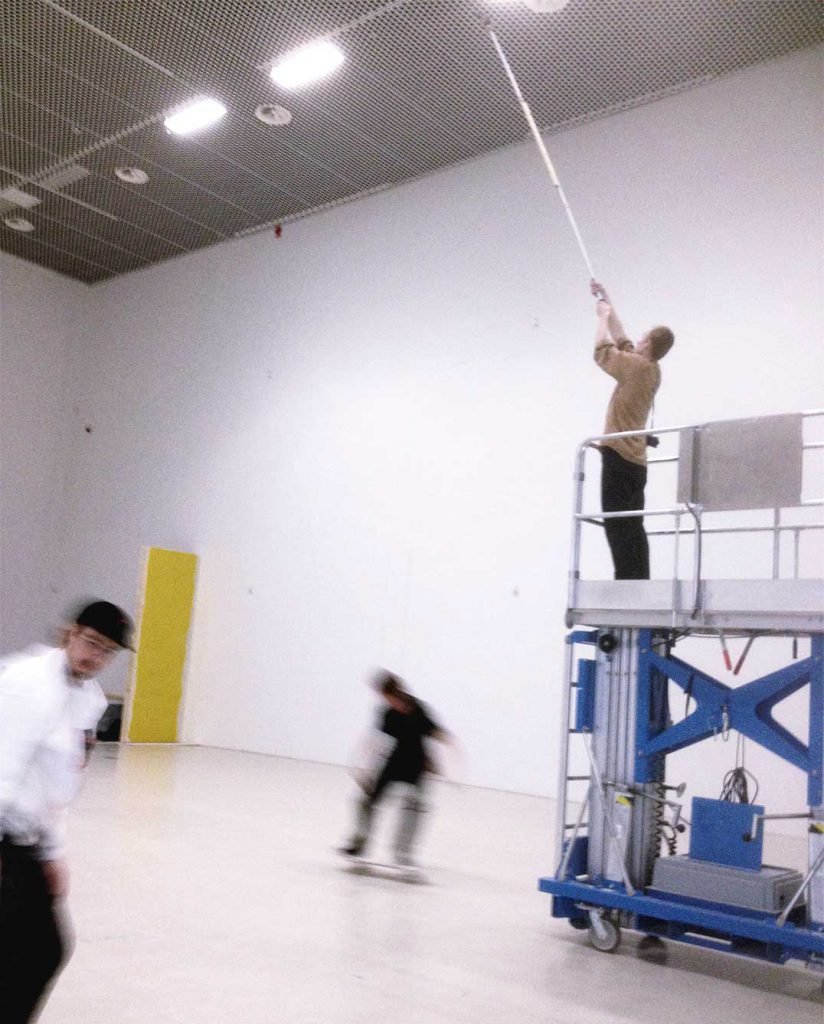
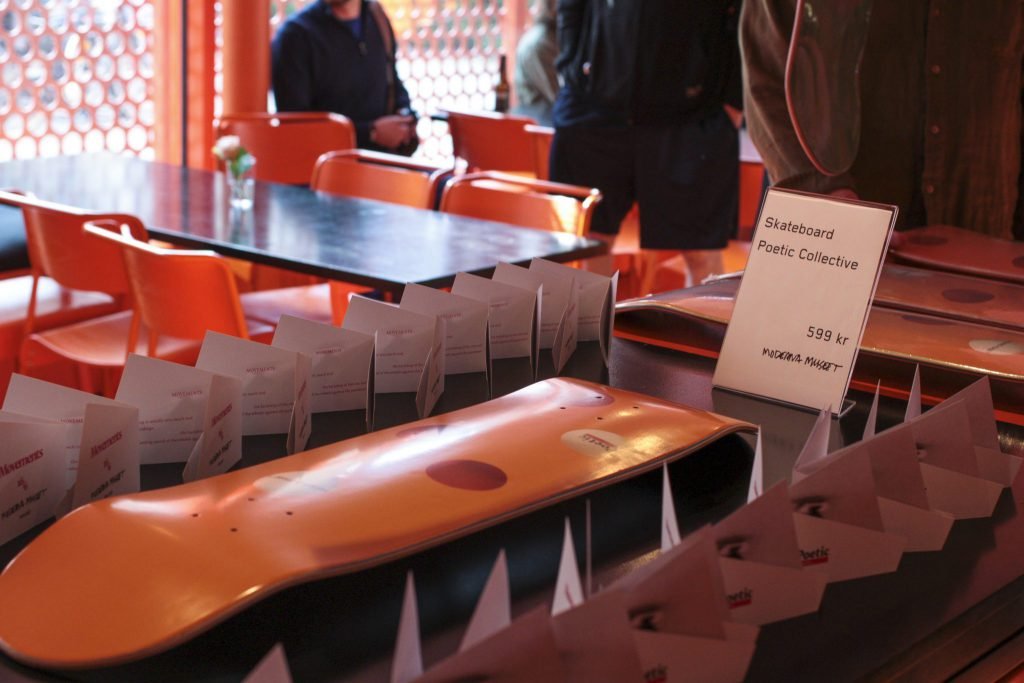
Conclusion
After almost ten years, I have moved on from the company to pursue new opportunities. Running Poetic Collective taught me many things, about designing for different users and stakeholders, about business logic, and about decision making at scale, and I wanted to take all of these learnings and apply them in new contexts.